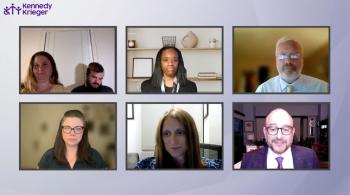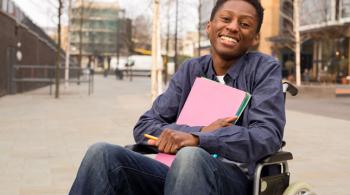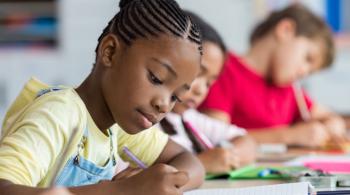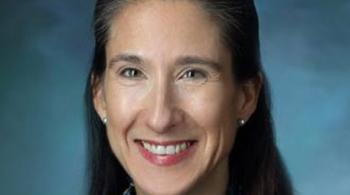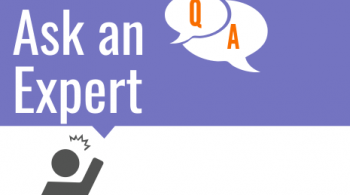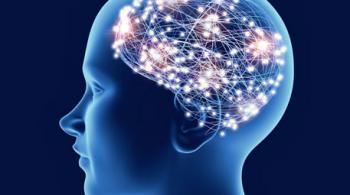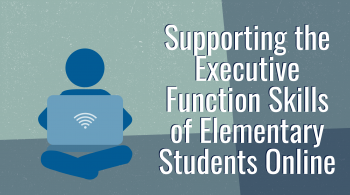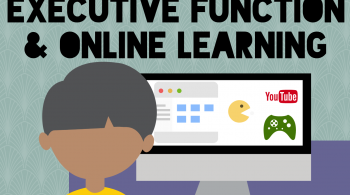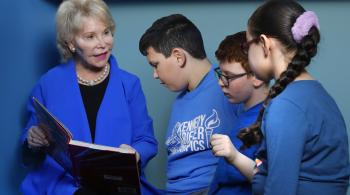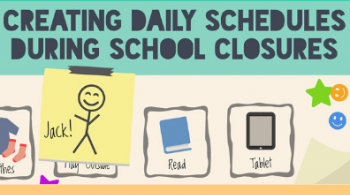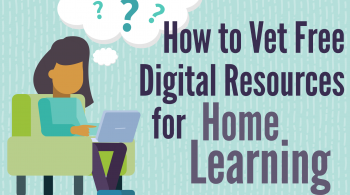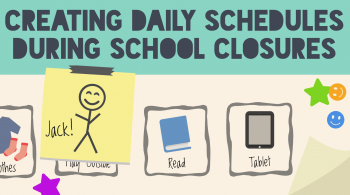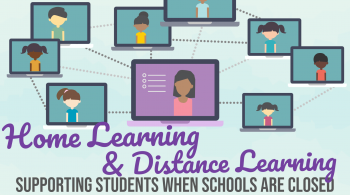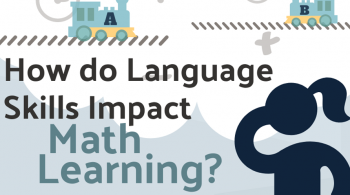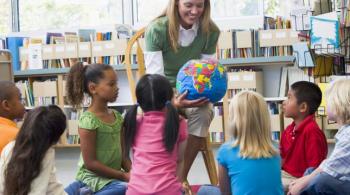Lisa: Dr. Mahone, why don’t you share a bit about yourself and your background?
I am currently the director of the Department of Neuropsychology at Kennedy Krieger Institute. I’ve been here for 19 years and prior to that I worked for the Navy as a psychologist. I came into the field as a pediatric neuropsychologist with an interest in learning about why it is that children have difficulty progressing in school despite the fact that they often had ample opportunity and good intelligence. I came to Kennedy Krieger in 1996. It was a good fit for me because my background had been education, at least in the undergraduate years I was going to be a teacher, a reading specialist. One thing led to another and I didn’t end up going into teaching, but I was always very interested in developmental psychology and eventually the neuroscience of learning difficulties in children. Coming here was a good opportunity to work with Dr. Denckla— an internationally recognized scholar in research on children with developmental disabilities— and to establish training and research opportunities.
Lisa: You are also the co-director, with Dr. Nancy Grasmick, of the Center for Innovation and Leadership in Special Education. Can you share how the idea for the center came about?
One of the goals we have always had here is to use what we’re learning in our research and apply it back into the classroom. One concern I noted over the years that there was a lot of research being done, but it wasn’t being translated into school and into practice in a way that research was done and applied in the medical field. We thought about ways to help with that translation and we were fortunate that Dr. Goldstein, the president of Kennedy Krieger Institute, had an idea about how to expand our training and our impact, not only to clinical service providers, but also to educators.
We had an opportunity to really make that link when, a few years back, Dr. Nancy Grasmick, who had been long been the state superintendent of Maryland Public Schools and a real national leader in developing high level school programs, became one of the Board of Directors and began working here at the Institute a couple of days a week. With that, we had the opportunity to really take on and create a new program.
We got together and explored how we would best develop such a program and we ended up leaving that meeting with an idea that the best way forward was to have a special training program for special educators. The goal is to train them in the methods and the knowledge base that we train our medical providers in the neurosciences and behavior sciences, but to also expand that training to other disciplines involved in schools, such as special education law. The overarching focus of the Center is to translate bodies of research into what is done in the classroom.
Lisa: The Center for Innovation and Leadership in Special Education is now starting its third cohort of special education fellows. One of the main components of this training program is learning about the neuroscience of learning through work with the Kennedy Krieger Institute Department of Neuropsychology and Dr. Martha Denckla. How do you see neuroscience and education as fitting together?
Neuroscience teaches us about how the brain works and how organisms, including humans, learn. When it’s human neuroscience, and the neuroscience of learning, it applies directly to understanding how students best learn and what gets in the way of their learning.
Interestingly enough, there are really three different parallel silos of knowledge out there:
- There is the silo of learning about the brain
- There is the silo of learning about human development, and
- There is the silo of learning about how to teach children
We have not done a good job of taking what we know about human neuroscience, about how the brain is shaped and influenced, and melding that with human development and pedagogy. Not only should we do this for teaching children with difficulties learning, but for methods of teaching all children.
Some of what we have learned from the brain sciences can be directly applied to methods of instruction, but just as importantly they can help inform us about how not to teach. What we learn mostly from developmental sciences, behavioral sciences, and neurosciences is what facilitates learning and what gets in the way of learning. Now that we know those things a little better, we can translate them into what that looks like in a classroom setting and help teachers understand what about their methods is likely to be facilitative and what about their methods is unlikely to help students to learn.
Lisa: Can you give an example of why these silos need to merge and share with one and other?
One example is that we know that between the ages of about four and 12— before children really hit adolescence— is a really important time period for brain growth. We know that there are many genetic factors that are critical in determining how someone’s brain develops, but they don’t tell the whole story. A big piece of what ends up being a brain and what a human is able to do is influenced by their environment and much of that is what happens in their learning environments in those early years of school. Teachers become a critical piece of shaping brain development in children. Knowing how to do that well, what things are likely to positively influence brain development is really critical.
Lisa: For teachers who are looking to learn more about the brain and how it relates to their instructional practice, how can they start to explore this topic on their own without falling into the of the pitfall of things being labeled “brain-based learning”, yet not built on sound research?
That’s a good question. There are a lot of things out on the web that are what we would call “neuromyths”. There is a lot of misinformation out there and a lot of oversimplification of information. But, there are good books and websites out there. One of the purposes for the Center of Innovation and Leadership in Special Education starting a blog is to share more of these resources with teachers.
Lisa: What advice would you give someone who is just starting out trying to learn about the brain? What’s the first thing they should consider?
I think the first thing to consider is that the brain is developing rapidly during the time when children are beginning school and understand that the brain develops at different rates in different children. It develops at a different pace in boys and girls. At different ages, skills that are dependent on certain aspects of brain development are developing in a more rapid way. I think that the first thing people working with children need to know is that the brain is in a real active period of growth during the time they will be working with them. And that, as I mentioned before, it isn’t all predetermined, that a lot of what happens and ultimately becomes what the brain can do is really a function of nature and the environmental supports and enrichment that can be provided through instruction.
There are lots of good places to start learning about the brain; one of easiest places is through the Society for Neuroscience. They have a website that has some very straightforward introductory resources to think about the brain and how it works. The brain is so complex it takes people their whole career just to scratch the surface of understanding it, so sometimes trying to get started is a little overwhelming.
Lisa: That’s a good point — people spend their entire careers studying the brain. As we are introducing ideas from neuroscience into education, would you say there is a balance that needs to be struck with how much information an educator might need to know about neuroscience and what could be an oversimplification of neuroscience. Do you see the Center in having a role in helping to determine that balance over the years?
I do. I think one of the major roles that we have is to take the expertise that we have at Kennedy Krieger Institute and translate that in a way is really meaningful for teachers. We don’t expect teachers to become neuroscientists, but there are some fundamental aspects of neurosciences that are directly applicable to instructional practice that I think can really improve the way we instruct and intervene with children.
Lisa: What are your thoughts on Colleges and Universities offering courses in neuroscience as it relates to learning?
I think that would be a really highly sought after course and one that would be critical because we have learned from human neurosciences about attention, memory, language processing, visual-special processing, motor skills– all of the ways that the brain behaves that are really fundamental to being a student.
For example, most schools are extremely language-laden in their approach to instruction, and understanding the development of language processing as well as disruptions to language processing could be critical for re-examining that practice and improving classroom actions. In addition to learning, there are brain functions, such as executive function, that really set the stage for being able to actually do work in school, even after the knowledge base or skill has been developed. And so, there are multiple layers of performing in the academic setting that relate to brain development. There are also a lot of points along that way that processes can break down, and so knowing how this happens may help teachers develop more effective kinds of instructional practices. I’m not saying the full range of neuroscience courses would be necessary, unless someone was interested, then go ahead!
Lisa: Do you have any parting thoughts for our educator audience?
I do! I really think there are some fundamentals of learning that we know from the brain sciences. If we are able to think in a logical way about how people learn and about how people express what they’ve learned, then a lot of the difficulties we see in academic development make a lot more sense, and we are better able to explain why they happen. If we are better able to explain why they happen then we are better able to prevent those difficulties from occurring. I think that it all lends itself to thinking about how we can present information in our instructional practices that makes it most likely that children aren’t going to be limited by any difficulties they may have.

